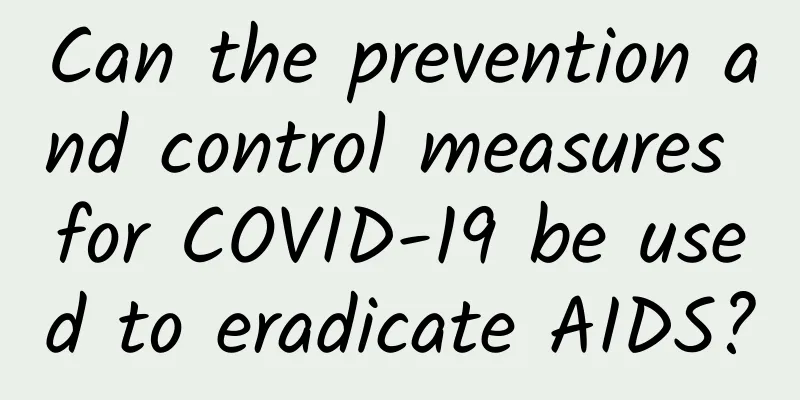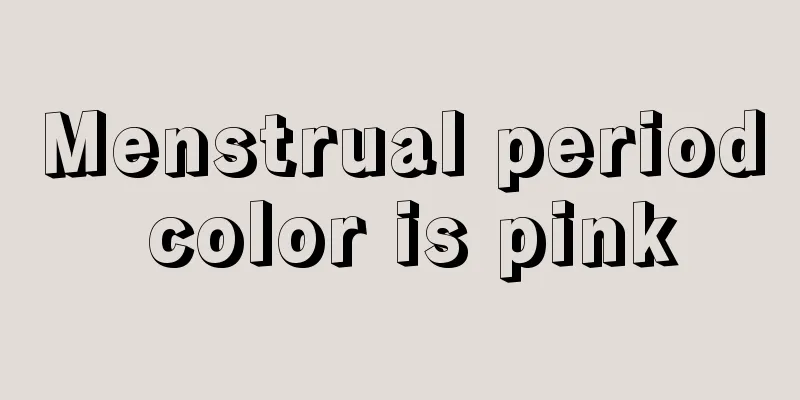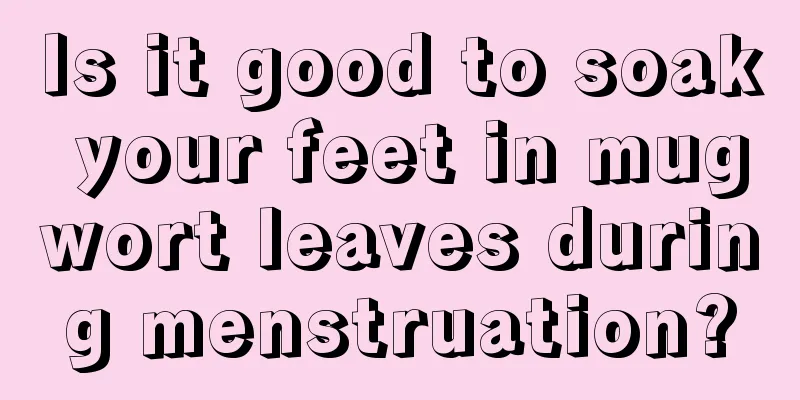Can the prevention and control measures for COVID-19 be used to eradicate AIDS?

|
AIDS and the new coronavirus epidemic have a huge impact on human civilization. We all know that the prevention and control of COVID-19 is done through isolation measures. Isolation and observation measures are taken for close contacts, secondary close contacts or people who have been exposed to environments that may be infected with the COVID-19, and isolation and treatment measures are taken for those infected with the COVID-19. So if we apply the prevention and control measures for COVID-19 to the prevention and control of AIDS, can we eradicate HIV? AIDS was first reported in the United States on June 5, 1981. As of the end of 2020, the global cumulative number of HIV infections was nearly 80 million, with 37.7 million living HIV-infected people and AIDS patients, and a cumulative death toll of more than 40 million. As of April 10, 2020, there have been approximately 500 million confirmed cases of COVID-19 and approximately 6 million deaths worldwide. It can be seen from the data that the mortality rate of AIDS is much higher than that of COVID-19. It is no exaggeration to say that AIDS is the "plague of the century." AIDS has been given too much social morality due to the special transmission route. So once a person is diagnosed with HIV, his future life will be completely rewritten. Many people have developed AIDS phobia due to so-called "high-risk behaviors", which has seriously affected their lives and work. Some people have thousands of ideas in their minds, but they cannot implement them because they are afraid of AIDS. Many people hope to prevent and control AIDS by taking measures similar to those used to prevent and control COVID-19. However, from a professional perspective, this is not feasible! There are several reasons for this. 1. The incubation period of AIDS is too long The period from infection with pathogens to the manifestation of corresponding clinical symptoms is called the incubation period. The incubation period varies for different diseases. The longest incubation period of COVID-19 is 14 days, with an average incubation period of 2-7 days and a median incubation period of 4 days. Therefore, we can quarantine and observe people who have been in contact with COVID-19 cases (close contacts) and people who have been exposed to environments that may be infected with COVID-19 (high-risk areas) for a full 14 days. If there are no clinical symptoms during this period and the corresponding tests are negative, the infection can be completely ruled out and the quarantine can be lifted. The average incubation period of AIDS is 2 to 10 years, with a maximum of 25 years and a minimum of half a year. The incubation period varies depending on the route of transmission. For blood transmission such as sharing syringes for drug use and blood transfusion, the incubation period is 2 to 5 years; for male homosexual behavior (MSM), the incubation period is 5 to 8 years; for heterosexual behavior, the incubation period is 8 to 10 years. The incubation period varies depending on the physical condition of the infected person. If we quarantine HIV-infected people for observation, firstly, it will take too long and be unrealistic; secondly, it will be inhumane. Therefore, it is impossible to detect HIV-infected people through quarantine observation. 2. AIDS has special transmission routes The transmission route of the new coronavirus is respiratory droplets. When an infected person breathes, he or she will expel droplets into the air. If another person inhales droplets containing the virus, he or she may be infected. This process does not require a medium or particularly close contact and is easy to achieve in real life. There are three ways of HIV transmission: sexual transmission, blood transmission, and mother-to-child transmission. HIV transmission requires contact with the infected person's blood, semen, vaginal secretions, breast milk, amniotic fluid and other body fluids, which is difficult to achieve in daily life. In order to come into contact with the above body fluids, "intimate" contact is required. In daily life, hugging, shaking hands, eating together, working together, and polite kissing will not spread the disease. Therefore, to avoid contracting AIDS, just avoid "close" contact with infected people and there is no need for isolation. 3. AIDS cannot be cured Patients infected with the novel coronavirus can be completely cured or self-healed through treatment. Generally speaking, the course of the disease will not exceed 20 days, and the current Omicron strain has a shorter course. Infected people are isolated and treated, and when they recover or are cured, they can return to normal life. There is no drug or method that can cure AIDS, and infected people cannot heal themselves and need to take medicine for life. If HIV-infected people are isolated for treatment, it may be a "life sentence" for the infected people. Based on the above analysis, it is impossible to adopt the same prevention and control measures for AIDS as for COVID-19. However, AIDS can be prevented, as long as you avoid "close" contact with infected people. (Author: Wu Xueyan) |
>>: How to deal with the tormenting cervical spondylosis
Recommend
Can I have abortion at 45 days of pregnancy?
I believe many people know that there are two mai...
What causes lower abdominal pain after menstruation?
Menstruation is considered to be the most importa...
Tencent: 2Q20 revenue was 114.883 billion yuan, a year-on-year increase of 29%
On August 12, 2020, Tencent Holdings Limited (“Te...
Analysis of the condition of mycoplasma pregnancy
Many female friends, after finding out that they ...
What are the benefits of eating fish glue for women
Fish maw is made from the bladder of freshwater f...
Can I have sex with a light menstrual period?
Can you have sex with a small amount of menstruat...
Why do my heels hurt after the confinement period?
When a woman is in confinement, her whole body is...
What is the cause of white sediment in women's urine?
Nowadays, white precipitate in urine is the most ...
What to use for bathroom niches? Is it better to use glass or bricks for bathroom niches?
We all know that the bathroom is an important pla...
How to treat female sexual frigidity?
Many people suffer from sexual frigidity. Althoug...
How long can I use a belly belt after a normal birth?
We all know that pregnant women can use belly bel...
After this age, muscle loss will occur quickly! Many people don’t pay attention until they fall, break bones, become unable to take care of themselves…
There is a saying that "saving money is not ...
Don’t squeeze pimples in the “danger zone”
When it comes to "acne", many people wi...
Can I eat red grapes during menstruation?
Due to the loss of menstrual blood during menstru...
Rough skin on vulva
The vulva is a very special part of women. Regard...









